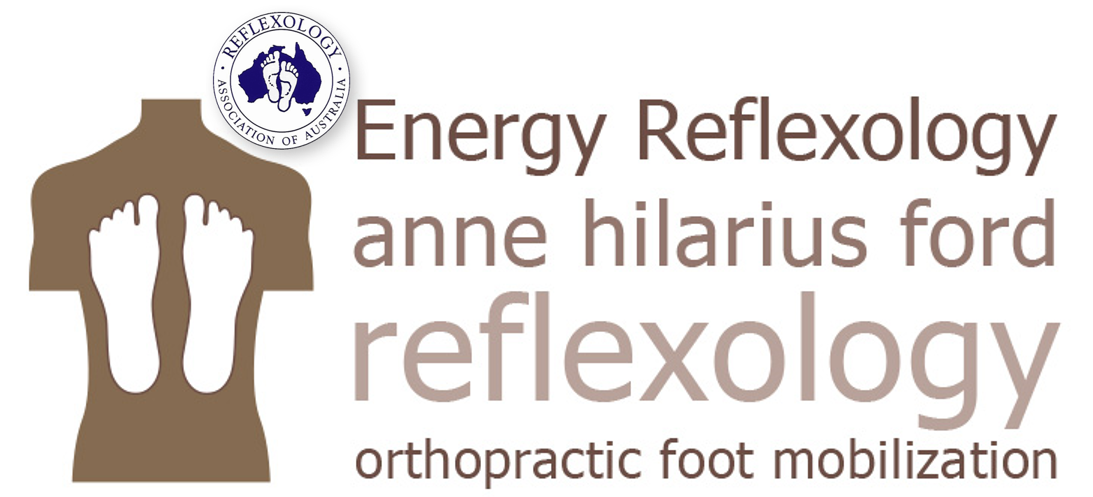Reflexology & Foot Mobilization
Reflexology and Foot Mobilisation Technique (FMT) benefit all, including athletes and the elderly
Besides reducing stress and having all round physical and mental benefits, Reflexology stimulates nerves, blood flow, muscles and tendons in the feet. FMT creates space within joints in the feet, increases foot mobility and flexibility, and improves weight bearing and posture.
The foot
Each foot has 26 bones, 33 joints (of which 20 are actively articulated) and approximately 7,800 nerves. Tendons and muscles are attached to the bones. It is said we take an average of 10,000 steps a day.
Physical activity
Human beings are meant to be active and the body copes very well with pressures put on feet and joints. Exercise slows and/or prevents injuries as it helps to maintain balance, strength and flexibility. In today’s world however, many life styles are more sedentary resulting in poorer recovery from the occasional exercise routine. Landing hard on their feet, athletes have bodies that are conditioned to absorb this shock and the resulting vibrations working themselves up the body. The elderly, due to loss of general flexibility, may be restricted in their activity as gradual stiffening of the joints limits their range of movement. Gait changes and increased joint stiffness often lead to decreased confidence, which may cause injury.
Injury
When strained, a muscle may be contracted long enough to pull on the bones within a joint. The body adjusts itself by contracting other muscles to accommodate for the change in alignment. Nerves pass on information that something is not quite right; for example, the pain in a sprained ankle will prompt us to realign our body to avoid the pain. This puts undue tension on muscles and tendons in the direct and wider area of the injury.
Reflexology and FMT
Reflexology and FMT combined in a treatment are great tools to help the body function better and within its own limits. Nerves are stimulated, and muscles are warmed and stretched.
Reflexology through specific techniques
- Warms and loosens up muscles in the feet
- Allows the body to deal with inflammation
- Loosens up tight muscles in the body
- Brings nutrients to all muscle tissue
FMT through painless and gentle mobilisation:
- Breaks down fibres around stiff joints restoring range of movement
- Creates space within joints effectively increasing mobility, flexibility and strength
- Muscles and tendons realign
- The body benefits giving
- Everyone better weight bearing and posture
- Athletes a more effective use of energy for performance, working from a stronger base
- The elderly higher confidence whilst in motion
Conclusion
Both techniques are very useful, Reflexology balances the body’s functioning and FMT creates space and improved mobility within the 33 foot joints. The increased range of movement is very useful for anyone as the foot is more agile, fluid and responsive. Athletes are able respond to quick changes in direction and intensive loads on the feet are better tolerated, overall performance is improved. The elderly are more confident on their feet and thus can go for longer walks, which improves mental and physical health as well as independence.
References
Jedynak, T. (2012). An introduction to the principles of Foot Mobilisation Techniques. Podiatry Now.
Jedynak, T. (2007). Foot mobilisation techniques (FMT) for reflexologists. Course material
Johnson, L. Learn orthopractics. ANZ College of Orthopractics. Course material.

